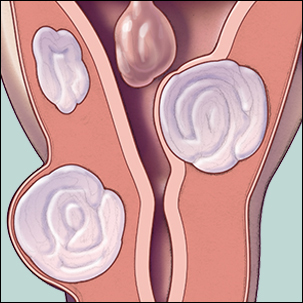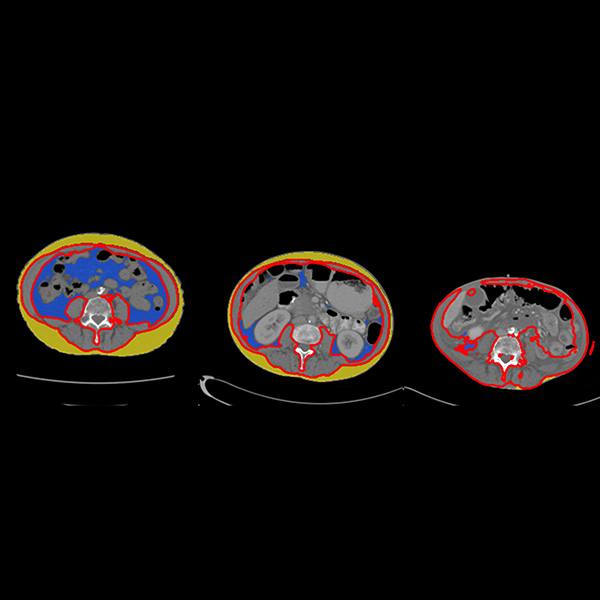-
Research
A 13-step plan to ‘change the face’ of academic medicine
Researchers have outlined a 13-step action plan for improving equity, inclusion and diversity in academic medicine. This action plan details strategic steps academic medical and research centers should take to "change the face" of medicine at the institutional level. The aim is to better recruit, support and retain diverse faculty, staff and trainees to reflect the diversity of the community.
In the paper outlining the action plan, the authors observe that greater diversity among health care professionals and scientists is associated with accelerated scientific advances and improved patient outcomes.
The action steps address issues such as:
- Assessing unconscious bias and counteracting it through training.
- Ensuring diverse representation at all levels of an organization through strategies for recruitment and retention, and strategies to support trainees.
- Prioritizing diversity, equity and inclusion in appointments and promotions, and evaluating progress and opportunities for continuous improvement on a recurring basis through performance reviews.
- Ensuring equitable access to research funding.
- Providing avenues for safe reporting of concerns.
- Conducting anonymous staff surveys and annual reviews of institutional diversity, equity and inclusion efforts.
- Involving the surrounding community to maximize recruitment and retention of diverse people.
The paper also suggests specific actions people and organizations can take to contribute to diversity, equity and inclusion.
"Simple actions, such as making it a priority to use correct pronouns, can have a profound impact, particularly when institutional leaders model these behaviors," says Felicity Enders, Ph.D., director of the Mayo Clinic Research Office of Equity, Inclusion and Diversity, and first author. "In addition, organizations have the power and capability to influence larger changes through actions, such as sharing best practices for diversity, equity and inclusion with peers."
The authors conclude by recommending that organizations adopting these action steps develop rigorous diversity, equity and inclusion evaluation frameworks to monitor progress and make process improvements. They also recommend that organizations allocate funding dedicated to these efforts and that leaders of diversity, equity and inclusion efforts be integrated with organizational leadership teams.
"I look forward to seeing how academic medical centers and research institutions actively transform themselves in the future to better reflect their communities, patients and research participants," says Dr. Enders. "It will change the face of medicine and research in ways that will improve patient care and health care delivery for everyone. To create systemic change in diversity, equity and inclusion in academic medicine requires systemic solutions."
This research was supported by Mayo Clinic's Center for Clinical and Translational Science. Joyce Balls-Berry, Ph.D., leader of the Health Disparities and Equity Core in the Knight Alzheimer's Disease Research Center at Washington University School of Medicine in St. Louis, is the senior author.
Read more:
- Five tips for early career scientists from an early career scientist
- Changing the face of research
- Four women who 'make health equity research run' at Mayo Clinic








